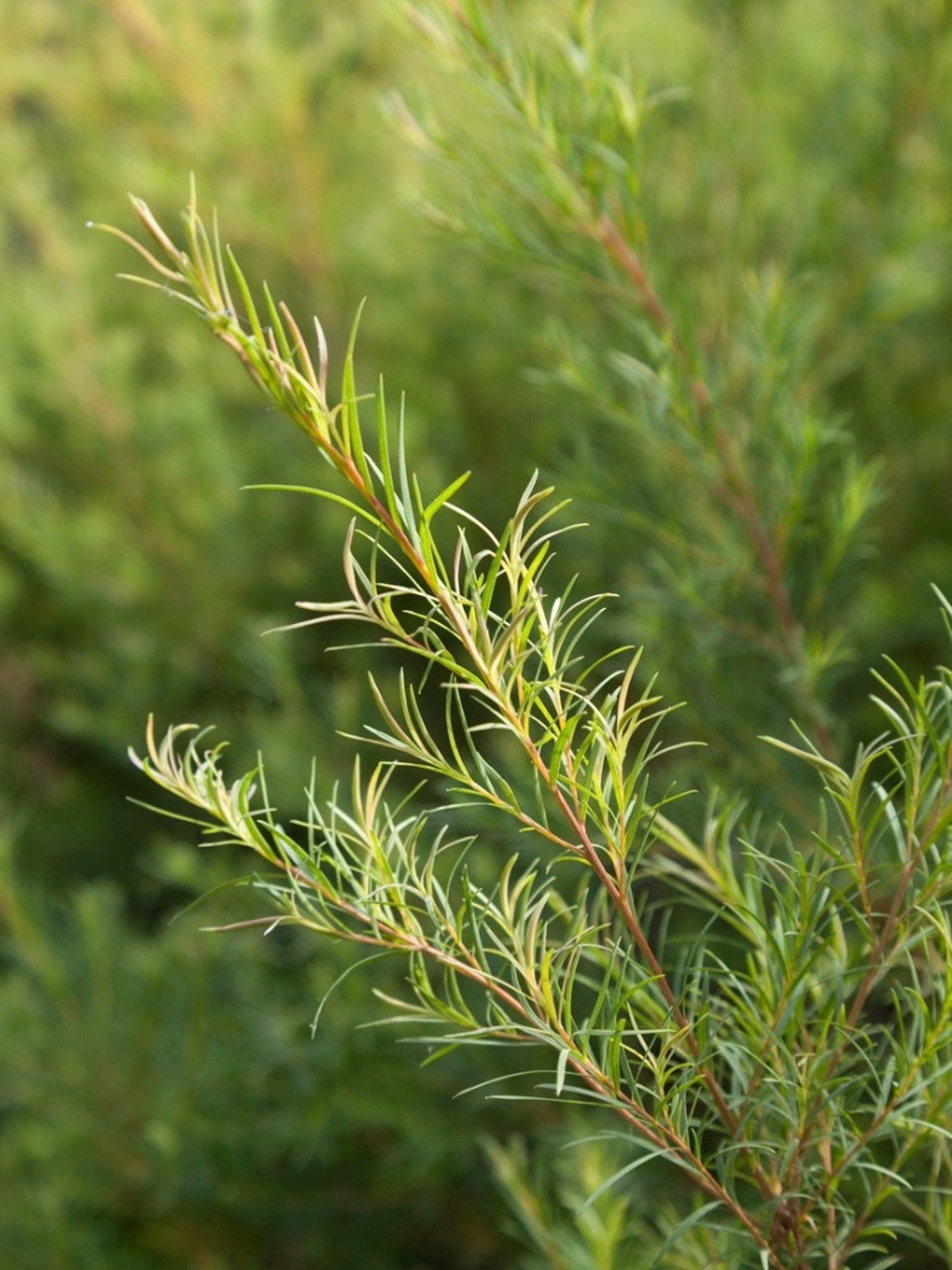Grow A Tea Tree In A Container - Potted Tea Tree Care


Tea tree (Melaleuca alternifolia), is a small tree with leathery, lance-shaped leaves and white blooms that show up in spring and summer. This Australian native, a member of the myrtle family, is also known as snow-in-summer, melaleuca, or narrow-leaved paperbark.
The oil of the tea tree has antibacterial, antifungal, and antiseptic properties, and has been used medicinally for many centuries. It is still highly valued for the treatment of various skin problems, including sunburn, warts, acne, dandruff, lice, and fungal infections, including athlete’s foot.
Melaleuca isn’t cold tolerant and is suitable for growing outdoors in the warmth of USDA plant hardiness zones 9 through 11. Fortunately, northern gardeners can grow attractive, fragrant tea tree in a container. Growing a potted tea tree isn’t difficult, but this plant isn’t one that is happy with neglect.
Read on for more information, and learn how to successfully grow a potted tea tree indoors.
Tips On Growing Tea Tree In Planters: Caring For A Container-Grown Tea Tree
Propagation: Plant seeds as soon as they ripen, or dry them for planting later. Tea trees can also be propagated by cuttings.
Choosing melaleuca containers: Nearly any type of container with a drainage hole will work. Avoid huge containers for small plants, but a little extra size will retain more moisture that will benefit the plant. Limit container size if you want to control height.
Potted tea trees need sunlight: Put your melaleuca tree in your sunniest window. Even with ample sunlight, tea tree in planters may not produce blooms indoors.
Sign up for the Gardening Know How newsletter today and receive a free copy of our e-book "How to Grow Delicious Tomatoes".
Water is critical: Water frequently to keep the soil moist, and don’t wait until the plant wilts. You may be able to cut back slightly during the winter months, but never allow your potted tea tree to become bone dry. Pay close attention to soil moisture if your room is warm, or if the plant is near heat vents. A humidity tray can help increase humidity around the plant.
Feeding a container-grown tea tree: Since melaleuca is evergreen, it isn’t necessary to stop fertilizing during the winter. An organic fertilizer is preferable because it won’t lead to a build-up of salts. You can, however, use a very weak solution of a balanced, water-soluble liquid fertilizer.
Pests: Although container-grown tea trees tend to be pest-resistant, they are prone to infestation by mealy bugs. If this happens, touch the cottony masses with a cotton swab dipped in rubbing alcohol.
Note: While tea tree oil has many beneficial qualities, the raw oil is toxic. Be cautious about melaleuca containers around kids and pets.

A Credentialed Garden Writer, Mary H. Dyer was with Gardening Know How in the very beginning, publishing articles as early as 2007.